|
The second graders worked extra hard the last two weeks designing and painting a work of art showcasing pristine Hawaii's beaches and shorelines. Students learned about the devastating effects of beach erosion and possible solutions to this major problem. While there is no one right solution for erosion, students are learning that non-profit organizations such as Malama Maunalua help restore and conserve our marine environment. This was the same organization that visited our classrooms and taught the keiki about rain water erosion and how invasive algae is affecting our beautiful shorelines. Be sure to check out the order form that went home yesterday and purchase a set of notecards to support our PBL project!
Here is a summary of what happened in our classroom: In Langauge Arts...
In Math...
0 Comments
Leave a Reply. |
Proudly powered by Weebly
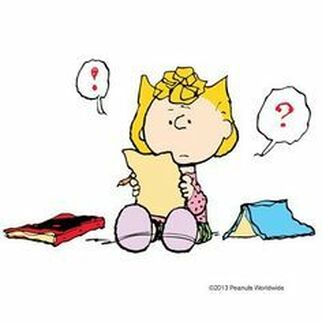
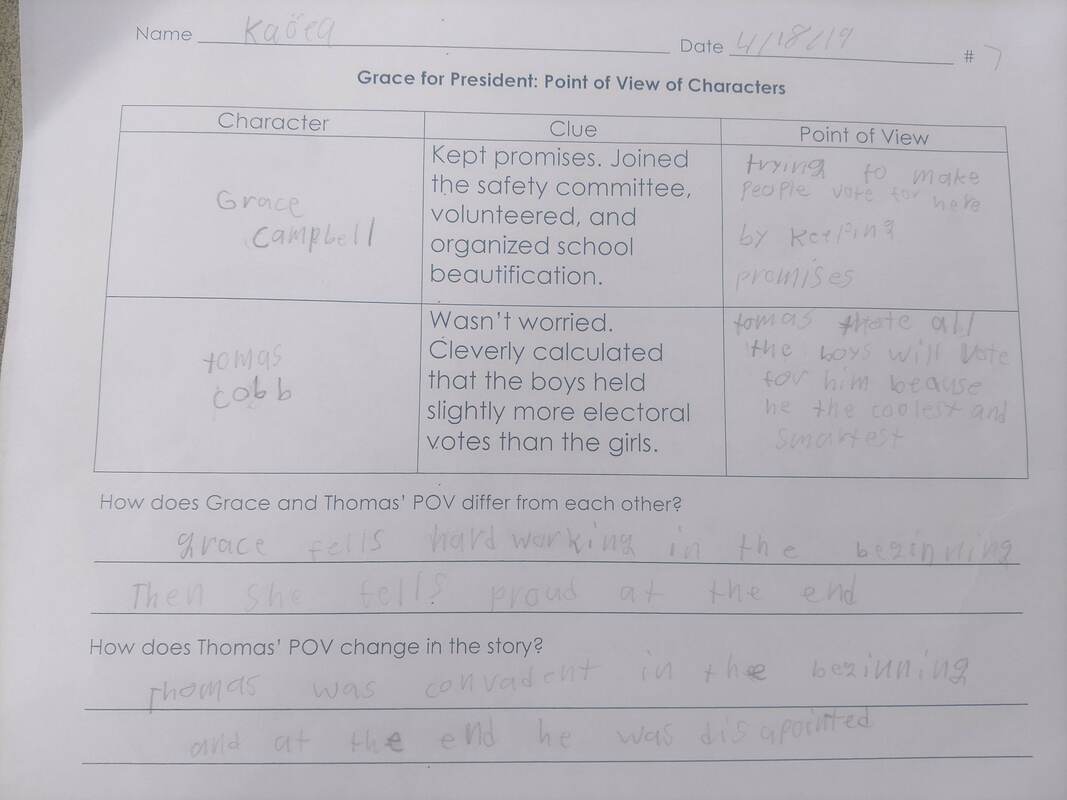
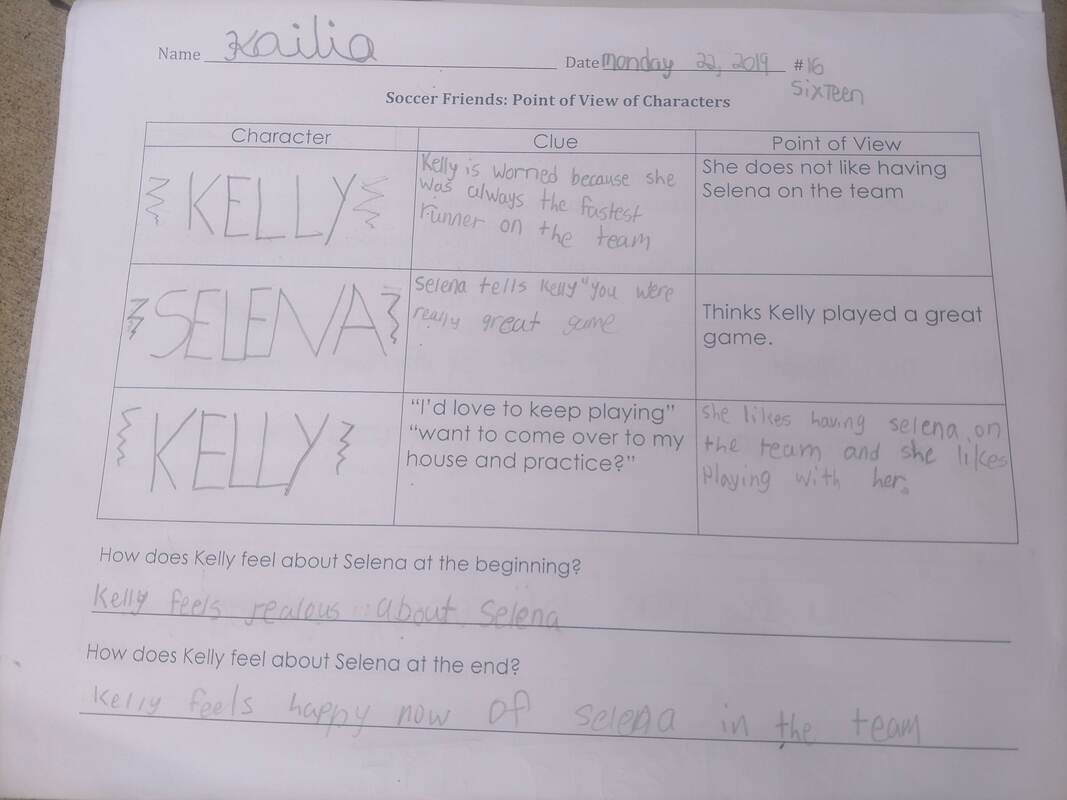
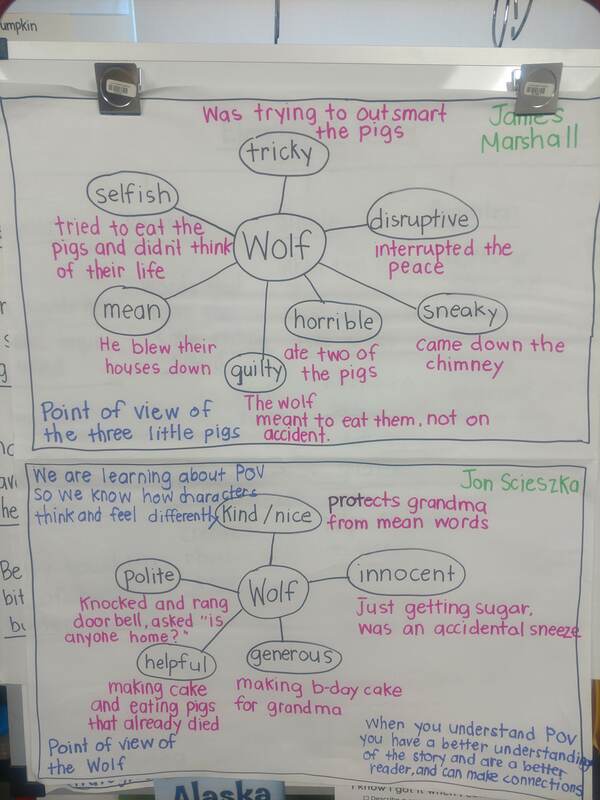
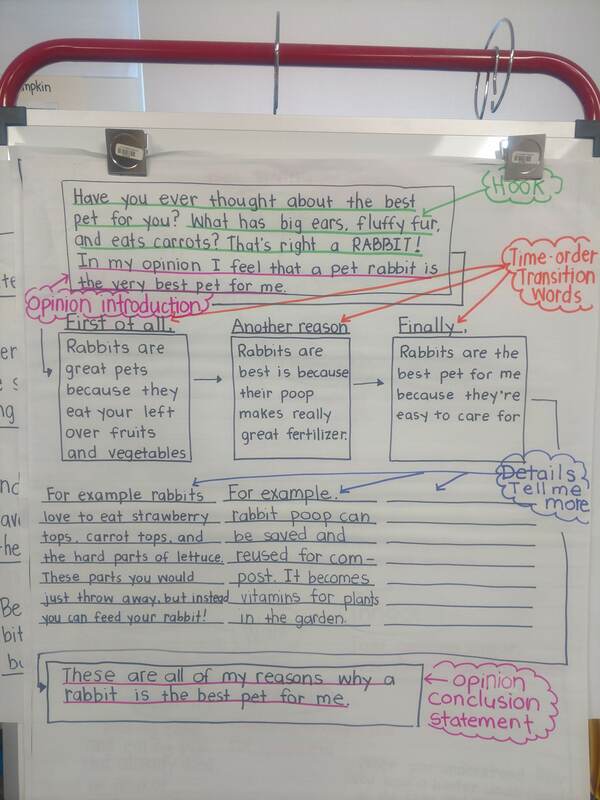
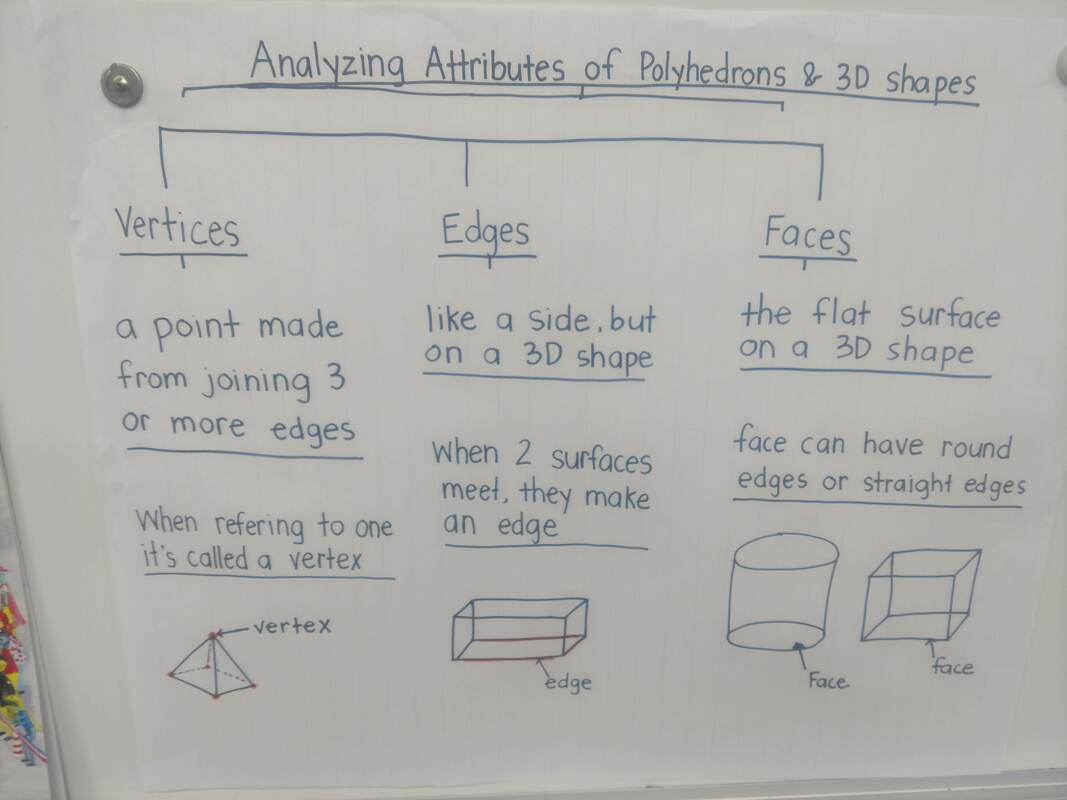
 RSS Feed
RSS Feed